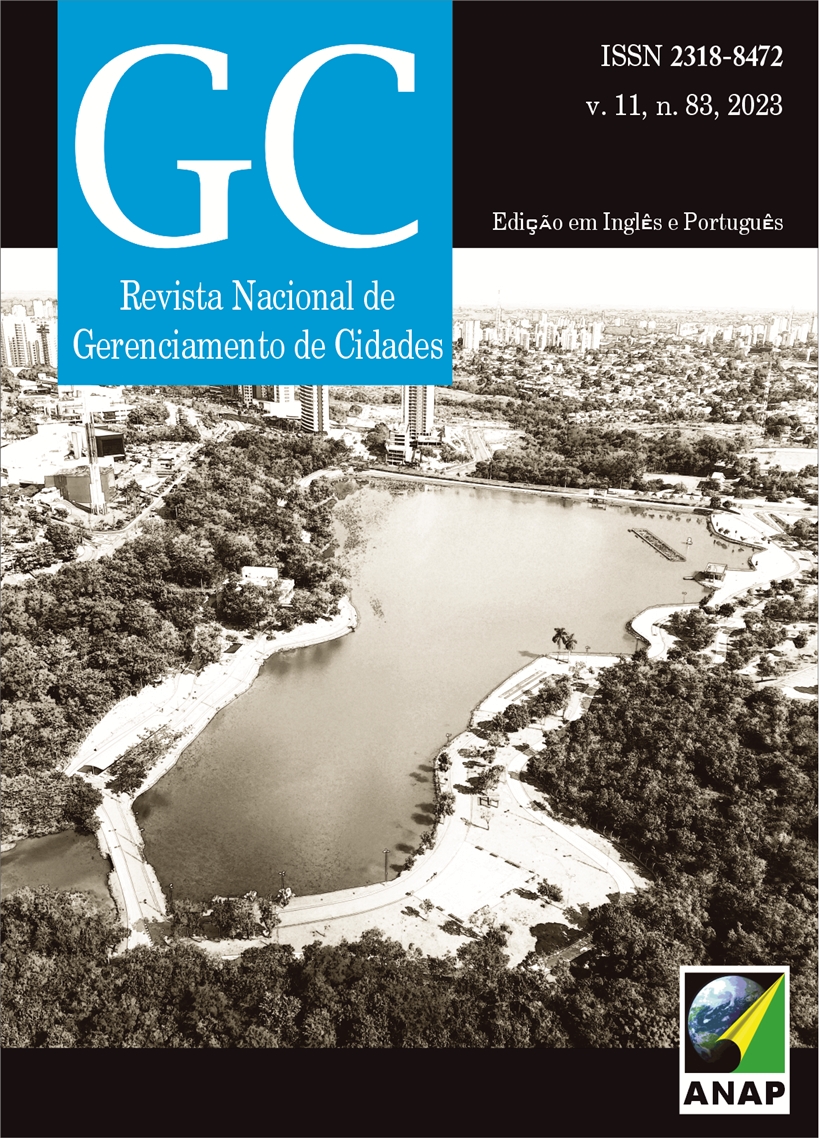Urban expansion, subnormal agglomerations and provision of sanitation services: a case study of the Metropolitan Region of Belém
DOI:
https://doi.org/10.17271/23188472118320233729Resumo
The process of urban growth in Brazil remains accelerated and presents a wide variety of realities. In this article, we aim to analyze the urban expansion in the Metropolitan Region of Belém (RMB), verifying whether it occurred intensively or extensively, and whether this expansion was accompanied by an increase in subnormal agglomerations and the provision of sanitation services. The methodology was based on the elaboration of land use and occupation maps in the urban area of the RMB and on obtaining data referring to subnormal agglomerations and the scope of basic sanitation services, made available by the Brazilian Institute of Geography and Statistics. The results showed that the RMB had more extensive urban expansion in the 1990s, with a smaller expansion between 1999 and 2017. However, the coverage of basic sanitation services did not follow this expansion process and in the spaces inserted by the expansion process subnormal clusters were concentrated.
Downloads
Downloads
Publicado
Edição
Seção
Licença
Direitos autorais (c) 2023 Revista Nacional de Gerenciamento de Cidades

Este trabalho está licenciado sob uma licença Creative Commons Attribution-NonCommercial-ShareAlike 4.0 International License.















